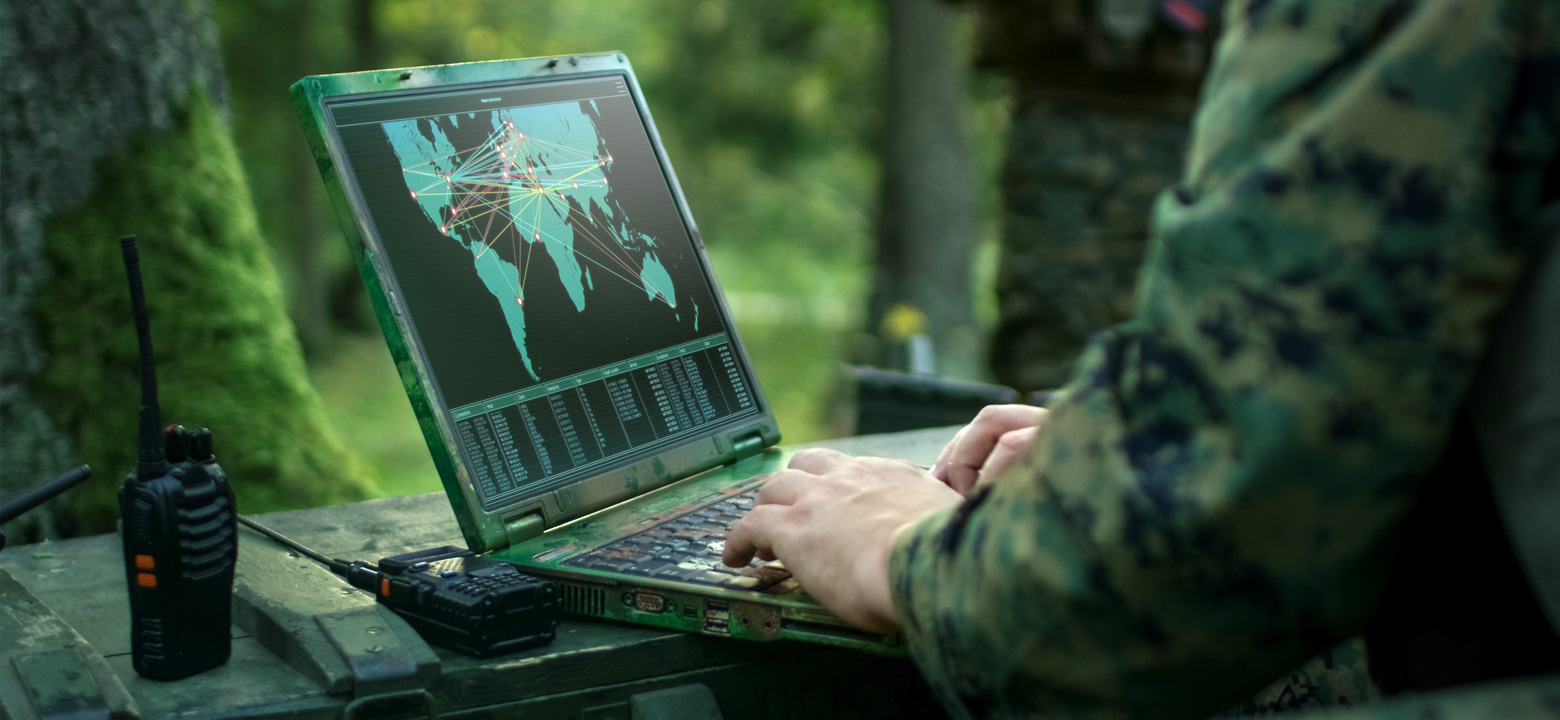
As technology advances, the U.S. government has to change the way it responds to threats and other problems. The Pentagon has been pairing with small companies and tech giants alike in order to develop modern solutions for a variety of problems.
The Joint Enterprise Defense Infrastructure (JEDI) contract is a cloud computing contract worth $10 billion. The Defense Department is in the midst of pouring billions of dollars into updating its systems. At the moment, it frequently relies on antiquated technology that is proving to be a liability when it comes to national security—a robust cloud would be a huge asset to the military, for whom swift and effective communication could mean the difference between success and failure. The contract is not without controversy, however. Industry experts argue that awarding it to a single tech company is tantamount to putting all of the Defense Department's eggs in one basket and that a single cloud environment could prove restrictive. Though it appeared that Amazon was going to be the clear winner, this turned out not to be the case. After an investigation into a potential conflict of interest on the part of Deap Ubhi, who has ties to both Amazon and the Defense Department, it was awarded to Microsoft. Currently, Amazon is attempting to challenge this decision.
Future Operationally Relevant Ground Enterprise (FORGE) is a program currently under development by the Air Force and Raytheon, designed to help alert commanders quickly if the U.S. is under nuclear attack. In the event of such an attack, time is critical—the more time commanders have to decide and respond, and the more data they have available to them, the better. FORGE utilizes cloud technology, ground terminals, and air and space assets like infrared sensors to detect the specific light and heat emissions of a missile. This data, picked up in space, is transmitted to the ground and passed immediately on to key personnel. The use of cloud technology allows different terminals to receive the information simultaneously in real-time, allowing for a much faster, more coordinated response. While the program is not yet fully implemented, Raytheon is testing a variety of new technologies with the Air Force to make FORGE as effective as possible.
At the moment, TSMC, a leading technology company based in Taiwan, produces chips for use in everything from consumer goods, to drones, to F-35 fighter jets. Since Taiwan is a potential target for Chinese influence, the Pentagon has some legitimate concerns about the number of chips imported to the U.S. from Taiwan. This is problematic for several reasons, including security concerns and the potential for a chip shortage if China chooses to retaliate against U.S. trade restrictions. At the moment, finding a new, secure source of high-tech chips is a pressing issue. Though TSMC told their U.S. clients they can meet the Pentagon's security standards earlier this month, the Pentagon is nonetheless pushing U.S. chipmakers to invest in the technology needed to produce 7-nanometer chips. (GlobalFoundries, a U.S.-based company and the number two contract chipmaker worldwide, currently produces 14-nanometer chips.) While this is going on, the Pentagon is also making strides to upgrade old technology used by a small number of domestic companies that produce classified chips for the military. Skywater Technologies, based in Minnesota, received an investment of $170 million to step up production and begin rolling out new products, like chips capable of withstanding cosmic radiation.
New technology might be convenient and useful, but it can create problems that need to be solved. The Defense Department is soliciting proposals for how to use 5G internet for military applications. There's only one problem—security risks. The Internet of Things offers a lot of benefits when it comes to speed and communication, but also increases the number of ways a dedicated hacker could launch an attack. Right now, the Defense Department is concentrating on smaller-scale experiments in a few key areas. The Army, for example, is trying out virtual reality for training and mission planning. Creating a simulation where soldiers can interact with each other and with artificial enemies requires tremendous bandwidth, which 5G should be ideal for. 5G is also part of “dynamic spectrum sharing,” where different military functions communicate across unused radio frequencies using a spectrum sharing mechanism. Military and air traffic control radar use mid-band frequencies—right where 5G lies. Lastly, 5G would be useful for tracking supplies. Manually scanning and logging shipments is time-consuming and prone to error, but 5G could allow for a fully automated system. High tech problems call for high tech solutions, whether those problems are slow communication, training soldiers, transmitting radio frequencies, tracking supplies, or just trying to find a secure source of chips. The Pentagon is devoting a massive amount of resources to finding solutions for these problems, leading to a better informed, better equipped, and more efficient military.